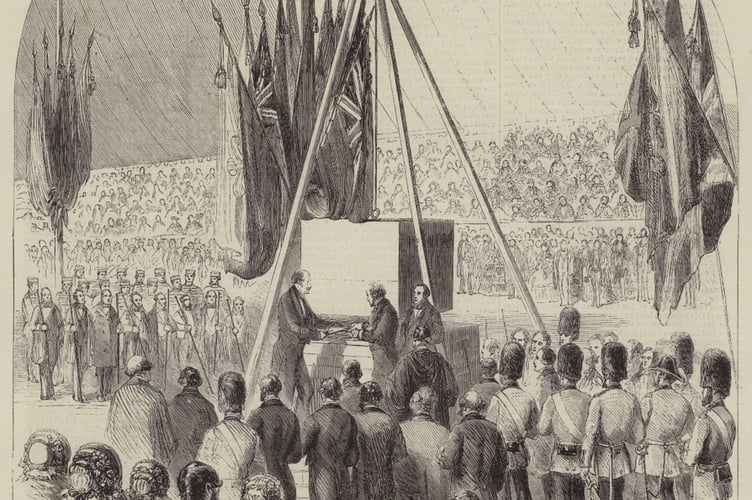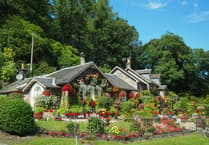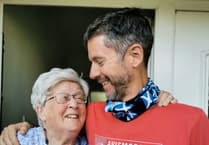IT was a grand day when Queen Victoria’s husband Albert, the Prince Consort, came to Woking – as we see in this week’s Peeps into the Past.
On 1 June 1860, he traveled by train to lay the foundation stone of a building that was to be called the Royal Dramatic College – a retirement home for those whose careers had been on the stage. At the time, the press referred to it as “an asylum for worn-out actors and actresses”.
Much has been written about the history of this impressive building that once stood in Maybury.
By 1883, it had been bought by Dr Gottlieb Leitner for his Oriental Institute for the study of Oriental literature and languages. His vision included the addition, in 1889, of the equally impressive Shah Jahan Mosque.
The Illustrated London News reported Albert’s visit in great detail.
There was a large fundraising fete in the grounds of the intended building. The report noted there was a “large assemblage, comprising not only a majority of the celebrities of the theatrical profession, but many representatives of the literary and fashionable world”.
It described the fete as a “fancy fair”, adding: “So well served as by these able and earnest ladies; they played their parts well, they arranged their stalls with so much taste, and they recommended their wares with so much ability, that the purchasers were rejoiced at their bargains.”
The stallholders were many of London’s most celebrated actresses.

The report said: “The majority of visitors who had wept or smiled at the acting of these ladies, and had seen them only on the stage, found abundant employment in criticising the change which, in some cases, a lady presented when seen of as compared with being on the stage. The ladies were thoroughly at home with the scrutiny.”
Prince Albert arrived at about 4pm and was led to the tent where the foundation-stone was ready to be laid.
The ceremony included the reading of “an impressive prayer” by the Rev Summer, son of and chaplain of the Bishop of Winchester. Prince Albert then departed, and the officials and guests proceeded to a neighbouring tent and partook in a “handsome collation”.
The building was in a kind of Victorian Tudor style and constructed to accommodate 10 men and 10 women. It featured a large central hall and a pillared cloister along its frontage.
The first residents arrived in September 1862, although the college was not officially opened until 5 June 1865, by the Prince of Wales, later to become King Edward VII.
A wealthy actor by the name of Thomas Potter Cooke had been its chief benefactor, pouring money into the project, but within 10 years financial problems had set in and by 1877 it was bankrupt, closed and sold off.
After Dr Leitner died in 1899, the Oriental Institute closed and industry took over, with the building eventually being demolished.
From 1909 to 1947, part of the site was occupied by the Electrical Accumulator Supply Company. And from 1914-1924, Martinsyde Aircraft Ltd was at the site. From 1926, James Walker & Co Ltd had its large factory on the site. And since the 2000s, it has been the Lion Retail Park.
The foundation stone laid by Prince Albert survives and is in the collection at The Lightbox in Woking.
My thanks go to Mark Coxhead for assisting with this article.
If you have some memories or old pictures relating to the Woking area, call David Rose on 01483 838960, or drop a line to the News & Mail.
David Rose is a local historian and writer who specialises in what he calls “the history within living memory” of people, places and events in the west Surrey area covering towns such as Woking and Guildford. He collects old photos and memorabilia relating to the area and the subject, and regularly gives illustrated local history talks to groups and societies. For enquiries and bookings please phone or email him at: [email protected]




